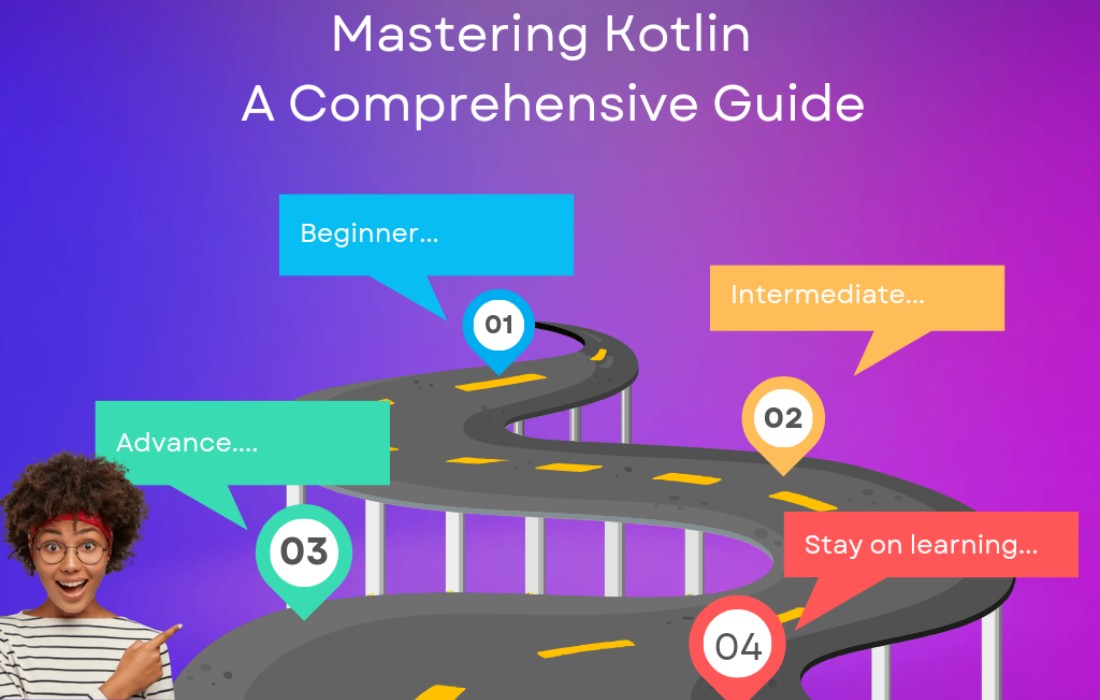Introduction to Gradle
In today’s fast-paced world of software development, efficient management of builds, dependencies, and project tasks is crucial. That’s where Gradle comes in. Gradle is a modern, flexible build automation tool that simplifies the entire process of building, testing, and deploying software projects. It’s particularly popular in the Java and Kotlin ecosystems but is also widely used for Android development and many other programming environments.
This blog will dive deep into what Gradle is, its features, and how it can help developers streamline their workflow and improve productivity. Whether you’re building a simple Java application, managing a complex multi-module project, or automating CI/CD pipelines, Gradle is a tool worth learning.
What is Gradle?
Gradle is an open-source build automation system designed to automate the building, testing, deployment, and packaging of software projects. Unlike other build tools such as Maven, Gradle is highly customizable and can handle any project size, from small applications to large-scale enterprise systems.
At its core, Gradle is based on two key concepts:
- Tasks: These are units of work that Gradle executes. Tasks can range from compiling code, running tests, creating reports, or even deploying applications.
- Build Scripts: These scripts define the configuration of tasks. They are written in Groovy or Kotlin DSL and specify what Gradle should do and how it should do it.
Why Use Gradle?
Gradle offers several benefits that make it a preferred choice for many developers. Here are some reasons why you should consider using Gradle in your projects:
1. Build Automation
Gradle automates the entire build lifecycle. From compiling source code to running unit tests, creating executable JAR files, and even deploying applications, Gradle ensures that the process is streamlined and error-free. This saves developers from manually handling repetitive tasks and reduces human error.
2. Dependency Management
Gradle allows developers to manage dependencies easily. Whether you’re using third-party libraries, frameworks, or tools, Gradle will automatically download and add them to your project. It integrates with major repositories like Maven Central and JCenter, making it easier to include and update dependencies.
Example in Gradle:
3. Multi-Project Builds
For large applications that span multiple modules or sub-projects, Gradle excels in handling complex multi-project builds. It ensures that modules are built in the correct order and can share dependencies and tasks across projects.
4. Performance Optimization
Gradle is built for speed. It uses incremental builds, which means it only recompiles parts of the project that have changed, reducing build times. It also supports parallel execution of tasks, making large projects faster to build.
5. Customizability
Unlike many build tools, Gradle allows deep customization. You can write your own tasks, configure existing tasks, and integrate with other tools, making it an extremely flexible system for developers with complex needs. Gradle’s domain-specific language (DSL) is both powerful and easy to learn, whether you’re using Groovy or Kotlin.
Key Features of Gradle
Let’s take a closer look at some of the standout features of Gradle that make it so appealing for developers:
1. Flexible Build System
Gradle provides a flexible build system where developers can define complex workflows tailored to their specific needs. It allows easy integration with other tools like Jenkins, Docker, and JUnit, making it a perfect fit for modern development pipelines.
2. Built-in Support for JVM Languages
Gradle was built with Java and Kotlin in mind but also supports many other languages, such as Groovy, Scala, and C/C++. This makes Gradle a versatile tool that can be used across different projects and languages.
3. Kotlin DSL
Gradle supports Kotlin DSL for writing build scripts, which is a huge advantage for Kotlin developers. This allows you to write build scripts with Kotlin syntax, offering better IDE support, type safety, and improved readability.
Example of a Gradle build script written in Kotlin DSL:
4. Comprehensive Plugin System
Gradle has an extensive ecosystem of plugins that extend its functionality. These plugins enable additional tasks, integrations, and automations. Whether you need to work with Docker, deploy to cloud services, or analyze code quality, there is likely a plugin available.
5. Continuous Integration (CI) Support
Gradle integrates seamlessly into CI pipelines, helping automate building, testing, and deploying software applications. It works well with tools like Jenkins, GitHub Actions, GitLab CI, and others. This is a key feature for modern DevOps workflows.
Gradle in Android Development
One of the most popular use cases for Gradle is Android development. Gradle is the default build system for Android Studio, which is Google’s official IDE for Android development.
With Gradle, Android developers can:
- Handle multi-flavor builds (e.g., debug vs release versions).
- Automatically generate signed APKs for distribution.
- Manage dependencies for third-party libraries, such as Retrofit, Picasso, etc.
- Configure complex build variants for different device types and configurations.
Getting Started with Gradle
To get started with Gradle, follow these steps:
- Install Gradle: You can install Gradle manually or use a package manager like Homebrew (on macOS) or SDKMAN. Gradle also comes pre-installed with Android Studio.
- Create a Gradle Project: Gradle can be used to build a wide range of projects. You can create a new project by simply adding a
build.gradlefile in the root directory of your project. - Define Dependencies: Use the
dependenciesblock in your build script to include the libraries or tools your project needs. - Run Gradle Tasks: You can use the
gradlecommand to run tasks such asbuild,test, orrun. For example, runninggradle buildwill compile your code, run tests, and package your project.
Conclusion
Gradle is a powerful, modern build tool that’s used in a variety of software development environments. It offers speed, flexibility, and extensibility, making it a top choice for managing builds, dependencies, and continuous integration tasks. Whether you’re developing a simple Java application or a complex Android project, Gradle is designed to streamline your development process, optimize build times, and ensure smooth collaboration.
With its growing ecosystem of plugins, robust support for Kotlin, and seamless integration with CI/CD tools, Gradle has become an essential tool for modern software development. Give it a try today, and unlock the potential of faster and more efficient builds!












